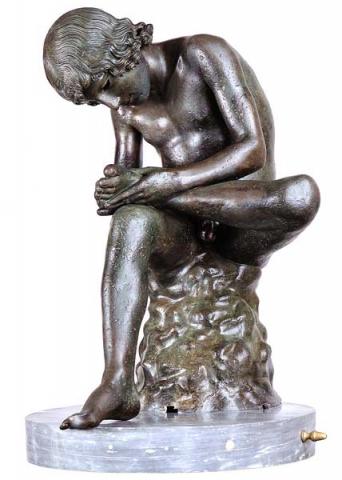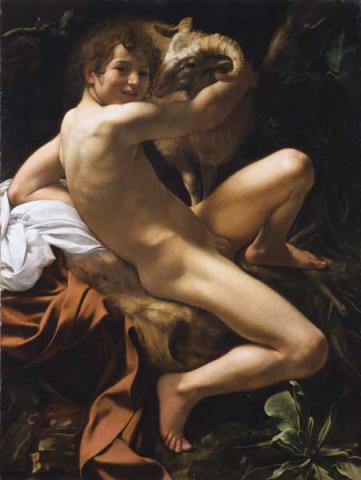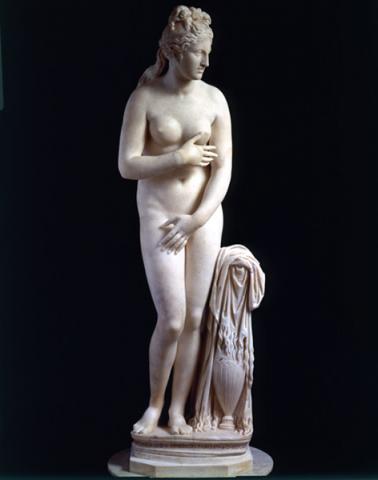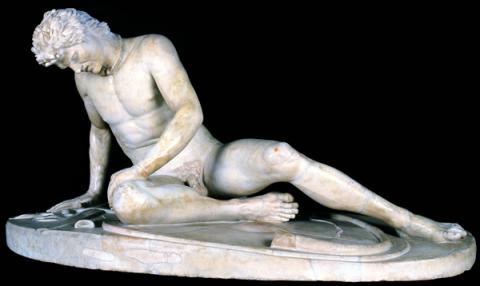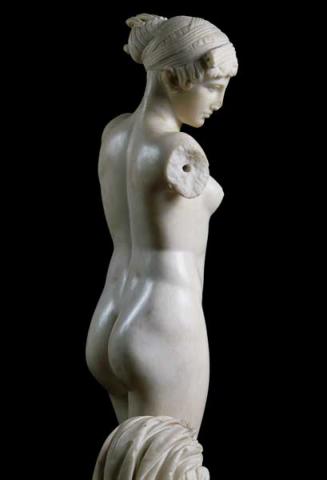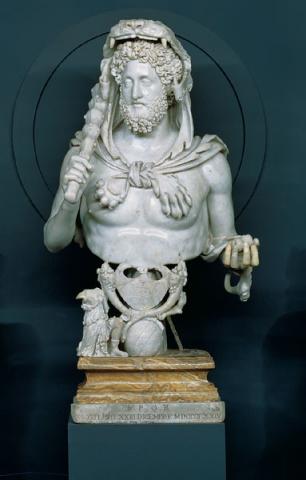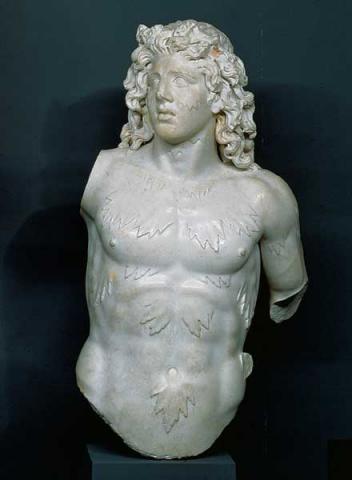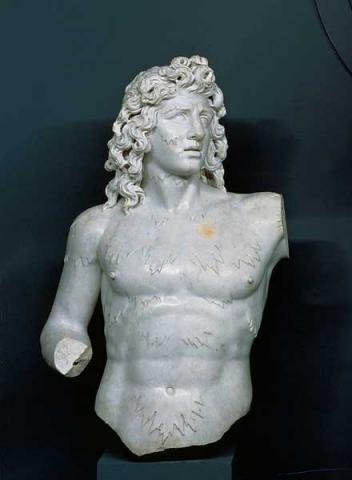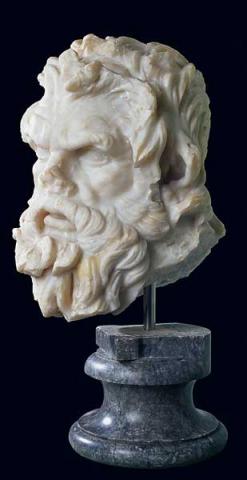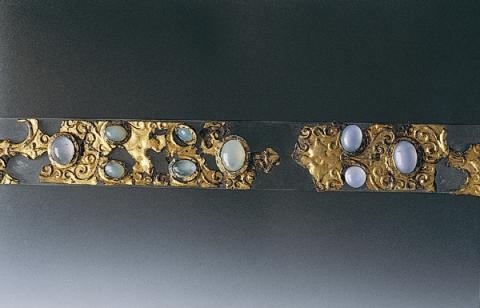Halls of the Horti Lamiani
Situated in the upper part of the Esquilino, in the area around what is today Piazza Vittorio Emanuele, the Horti Lamiani were founded by the consul Aelius Lamia, a friend of Tiberius, and very soon (already with Caligula) became part of Imperial property.
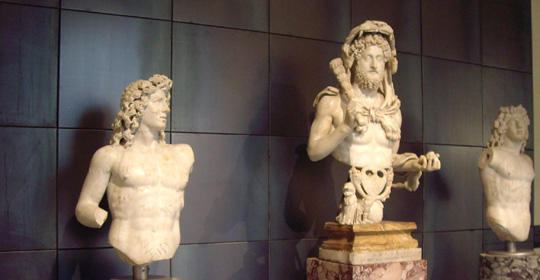
Of the luxurious decorations of this vast complex of buildings, excavated in the XIX century and then covered over again, over and above the frescos and architectural elements in coloured marbles, a countless number of foils in gilded bronze with gems set in them, the remains of a sumptuous wall dressing, were found.
A number of important statuary groups were also part of it, such as the Esquiline Venus with two priestesses or Muses beside her and the portrait of Commodus as Hercules flanked by tritons.
In ancient times, the Horti Lamiani extended over the Esquilino area, now bounded by piazza Vittorio Emanuele, via Merulana and viale Manzoni. Lucio Elio Lamia is apparently the founder, a consul in 3 AD, a close friend of Tiberius and descending from a noble line that traced its origins back to the mythical Lamo, the Greek hero who founded Formia. Thus, an important family that followed the example of Maecenas in the urban redevelopment of the Esquiline, occupied by a burial ground until then. Literary sources report that the Lamian horti were an imperial property already in the 1st century AD. (under Caligula). Perhaps Elio Lamia himself bequeathed the villa to Tiberius, who frequently visited the gardens of the Esquiline.
The 19th-century excavations brought to light the remains of a vast building compound, whose most notable buildings consisted of an immense theatre-shaped structure, probably a monumental fountain with a spectacular effect on the valley below, a portico overlooked by garden-frescoed rooms, a series of thermal baths decorated with precious coloured marbles, an amazing underground tunnel almost eighty meters long which left the discoverers astonished so rich was its decoration. Its floor was made with the rarest qualities of alabaster (of which only a portion remains), it was decorated with precious antique-yellow columns, with bases and capitals in gilded stucco. The walls of other rooms part of the same compound, were covered with black slate plates decorated with golden arabesques, or were enriched with water games.
An amazing luxury, worthy of the "excessive" emperor Caligula and also confirmed by the discovery of countless small golden copper blades that lined the walls, inside which gems of various qualities were inserted: a unique example of the decorative splendour preserved in some Pompeian paintings (as in the villa of Oplontis) and in which we must probably recognize the sumptuous ornaments of an environment intended for imperial worship.
A remarkable group of sculptures in terms of number, artistic quality and state of conservation was found in an underground room. The splendid Esquiline Venus together with the two female statues accompanying her, the remarkable torso of Dionysus lying, probably part of a larger group, Commodus as Hercules’ group, a true masterpiece of Roman portraiture, flanked by the statues of Tritons in an allegory of the emperor’s apotheosis, to name a few.


























